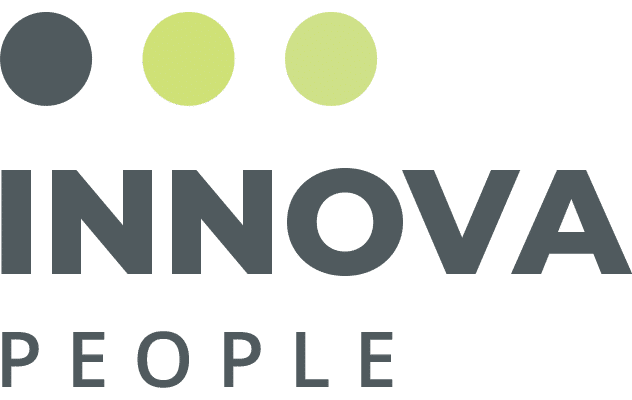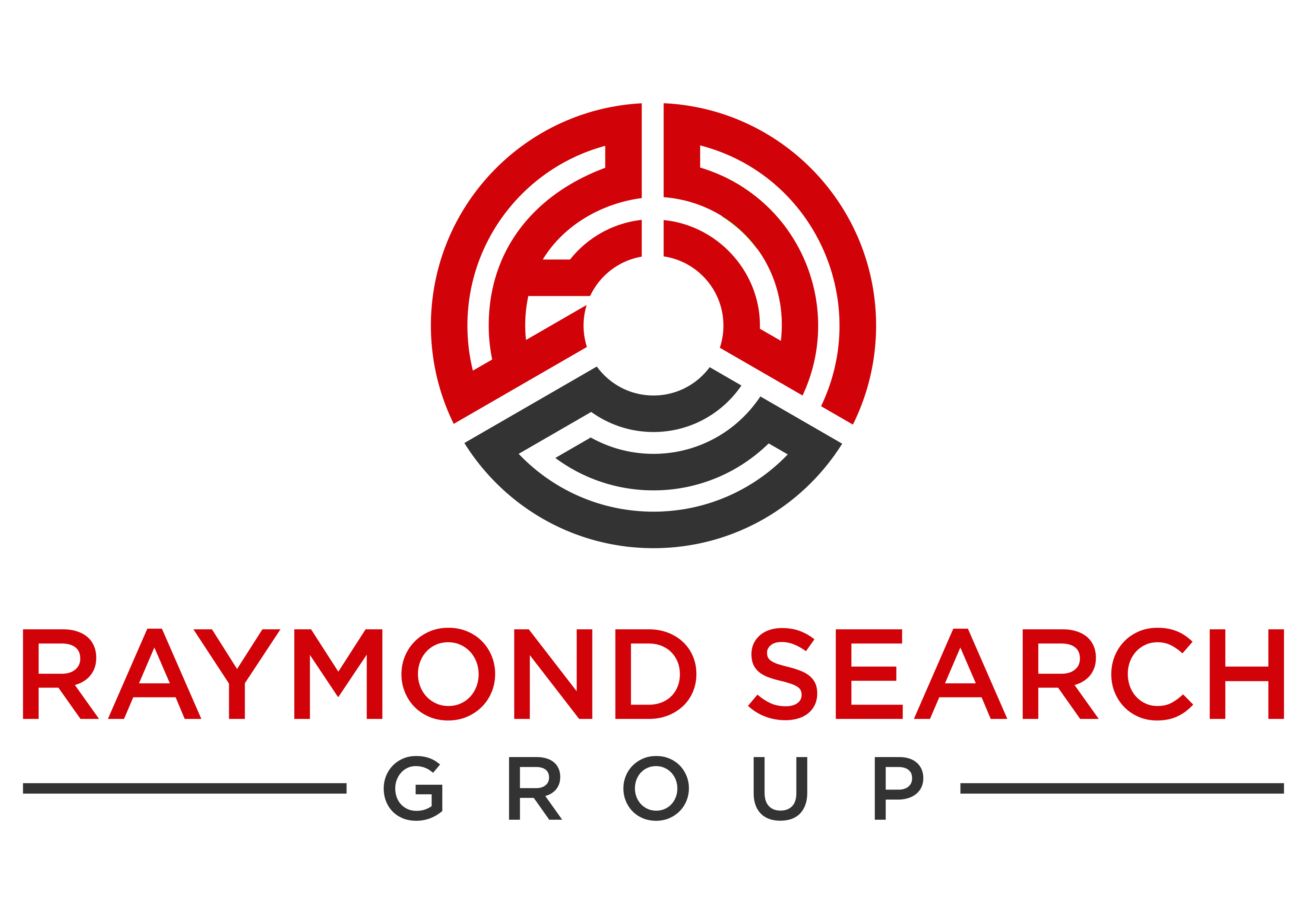
The world of work is evolving at a rapid pace, and one significant change has been the rise of the gig economy and the increasing utilization of a contingent workforce. The gig economy, characterized by short-term contracts and freelance work, has revolutionized the way companies approach talent acquisition. In this blog post, we will explore the impact of the gig economy on recruitment, delve into the growing use of freelancers, contractors, and temporary workers, and discuss strategies for effectively engaging and managing this contingent workforce.
The Gig Economy and Its Influence on Recruitment:
The gig economy has disrupted traditional employment models, with more individuals seeking flexible work arrangements and companies embracing the benefits of a contingent workforce. This shift has opened up new opportunities for businesses to tap into specialized skills, access a global talent pool, and scale their workforce as needed. However, it has also presented challenges in terms of recruitment and talent management.
Growing Use of Freelancers, Contractors, and Temporary Workers:
Companies across industries are increasingly relying on freelancers, contractors, and temporary workers to meet their staffing needs. This trend offers several advantages, such as cost savings, flexibility, and access to niche expertise. Organizations can engage contingent workers for specific projects, reducing the need for long-term commitments and associated overhead costs. Additionally, the gig economy allows businesses to tap into a diverse pool of talent, leveraging a broad range of skills and experiences.
Adapting Recruitment Strategies for the Contingent Workforce:
To effectively engage and manage the contingent workforce, organizations must adapt their recruitment strategies. Here are some key considerations:
- Aligning Job Descriptions: Craft clear and concise job descriptions that cater to the needs and preferences of freelancers and contractors. Highlight project-based work, flexible arrangements, and the opportunity to work with cutting-edge technologies or innovative projects.
- Leveraging Online Platforms: Explore online gig platforms that connect businesses with freelancers, such as Upwork, Freelancer, or Toptal. These platforms provide access to a vast talent pool and simplify the hiring process by streamlining candidate selection, payment processes, and reviews.
- Developing Talent Networks: Build and maintain relationships with freelancers and contractors through talent networks and professional communities. This approach allows organizations to tap into known resources, engage in proactive talent sourcing, and reduce time-to-hire.
- Cultivating Employer Branding: Establish a strong employer brand that appeals to gig workers by emphasizing the benefits of working with your organization. Highlight flexible work arrangements, challenging projects, opportunities for professional growth, and a supportive company culture.
- Streamlining Onboarding Processes: Develop efficient onboarding processes tailored to contingent workers. Provide clear instructions, necessary resources, and access to relevant tools or systems. Ensure seamless integration into project teams and foster a sense of belonging.
- Implementing Performance Management Systems: Establish performance management systems that align with the gig economy’s agile nature. Define project milestones, set clear expectations, and provide regular feedback to maximize productivity and outcomes.
- Embracing Collaboration Tools: Leverage collaboration tools and project management platforms to facilitate effective communication, coordination, and remote collaboration. Enable seamless interaction between internal teams and contingent workers to foster a sense of teamwork.
The gig economy and contingent workforce have brought about a paradigm shift in how organizations approach recruitment. Embracing this trend requires adaptability and a fresh perspective on talent acquisition strategies. By aligning job descriptions, leveraging online platforms, developing talent networks, cultivating employer branding, streamlining onboarding processes, implementing performance management systems, and embracing collaboration tools, businesses can effectively engage and manage the contingent workforce, capitalizing on the opportunities presented by the gig economy. As the world of work continues to evolve, organizations that embrace these changes will thrive in attracting top talent and achieving their business objectives.





